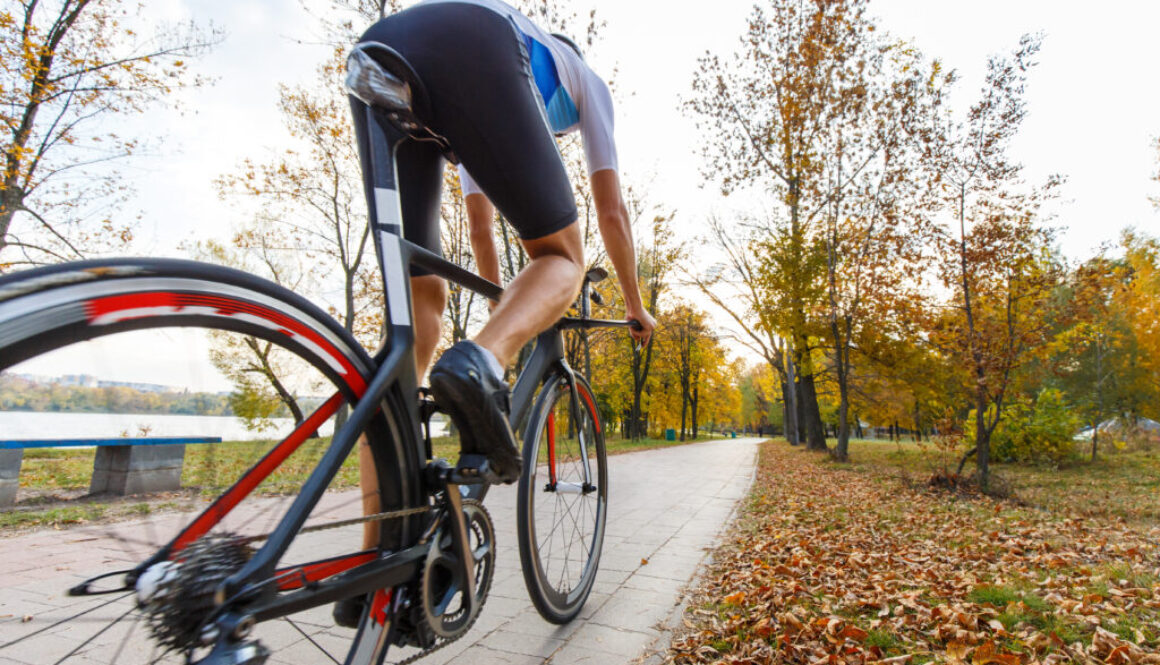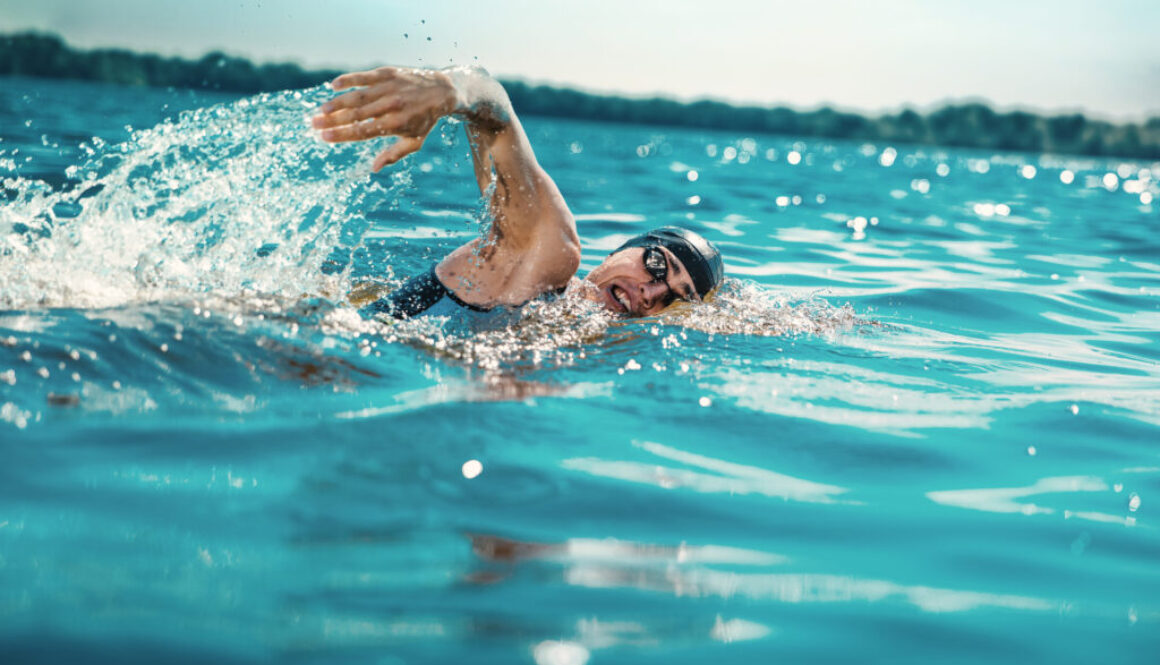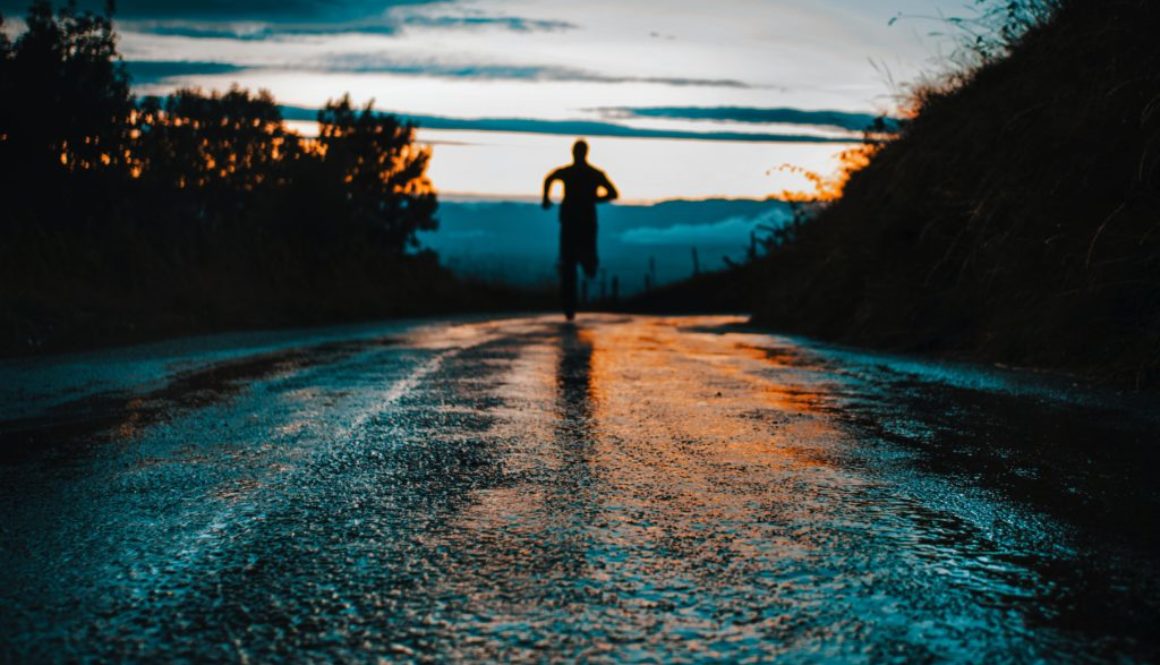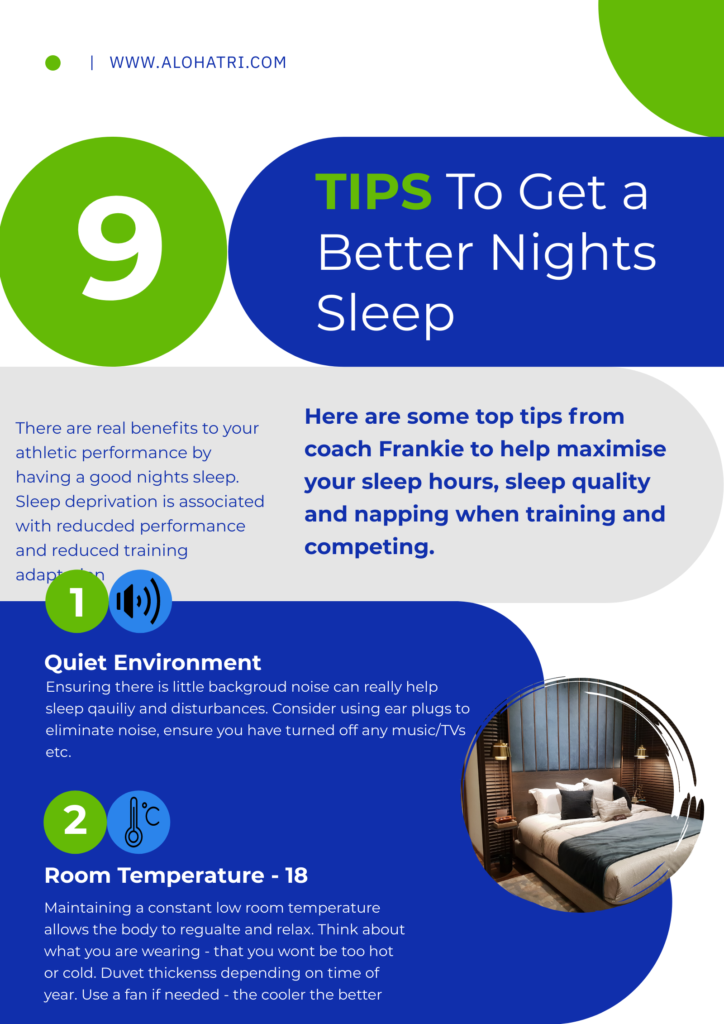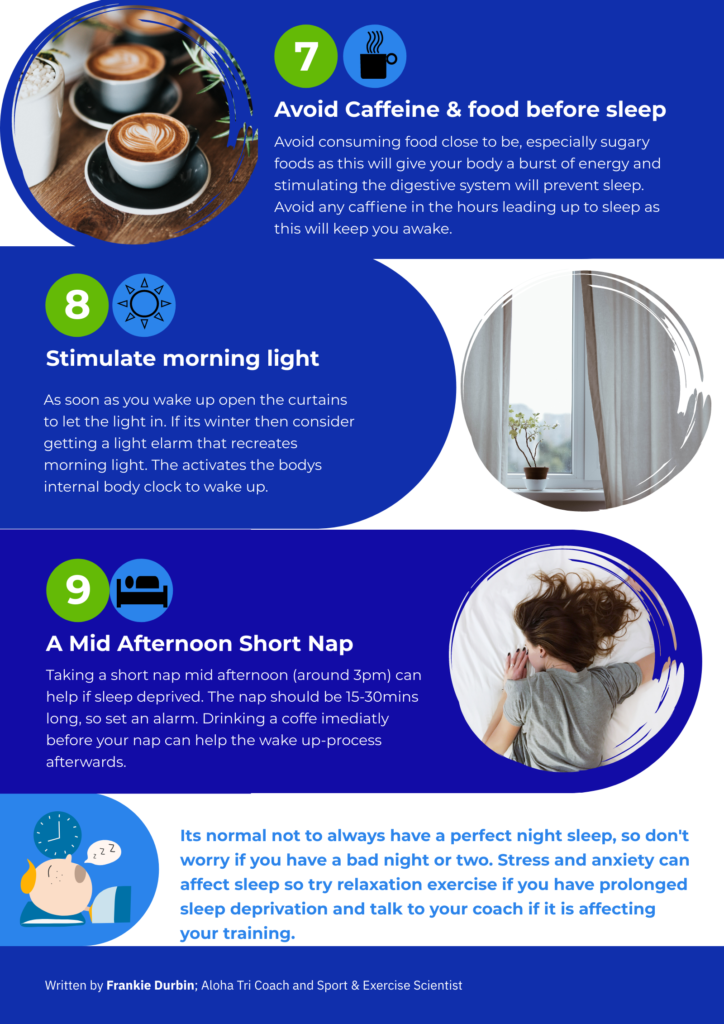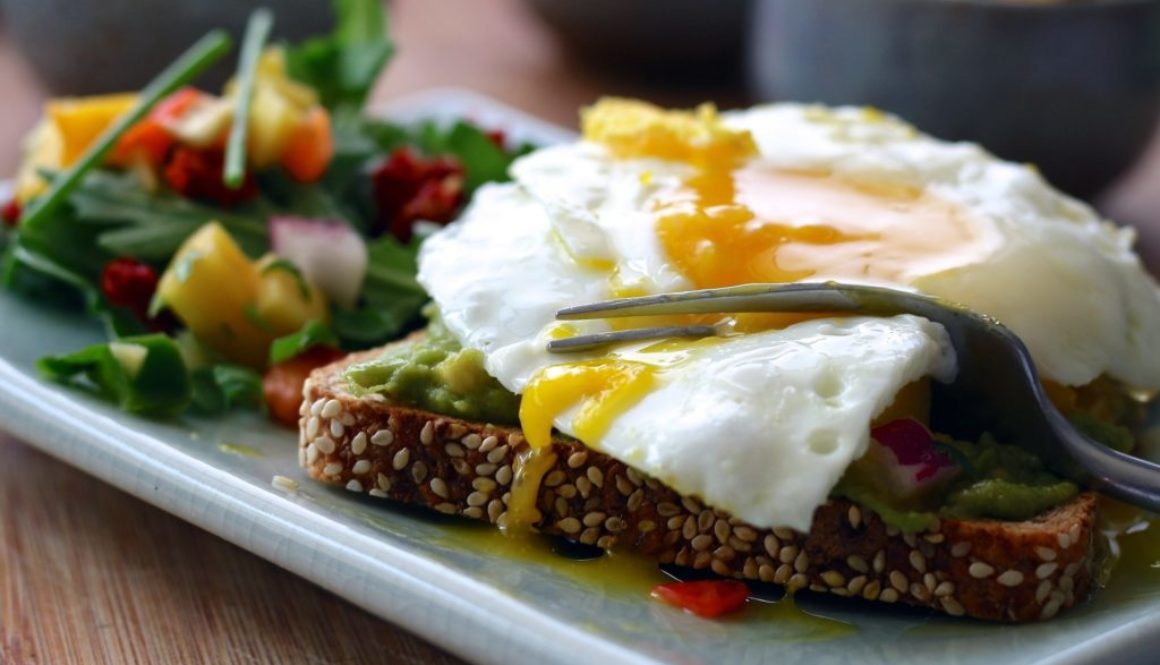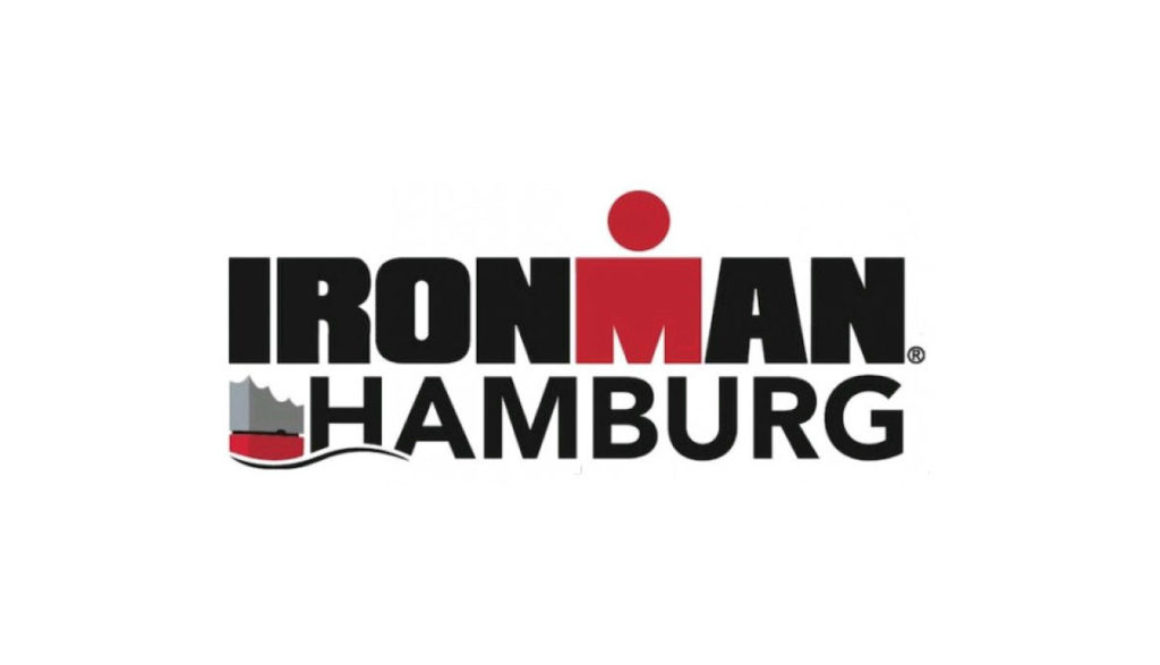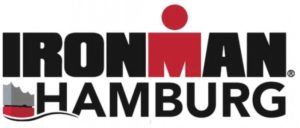Polarised Training : This is for you!
Even if you first have amazing results or break your personal best in an event, consistently training at a high effort or close to max can lead to burnout or injury. Top endurance athletes instead use a technique called polarised training. Do you use this method of training?
Sports research has demonstrated that many top-level athletes use this approach to their training, which is consistent with the idea that, in any discipline, 80% of the effects are the result of 20% of the causes.
These elite athletes train at low intensity for 80% of the time and at high intensity for 20% of the time. Reading between the lines, you might infer that 20% of their training time accounts for 80% of their progress. However, there are others in the age grouper community who think they can skip the low intensity 80% since they view it as unnecessary or almost so, and instead focus solely on the 20%’s quick wins. But because this method is not based on a strong foundation and the intensities are frequently ill-conceived, it frequently results in burnout or injury, like building a house’s roof on paper foundations.
What pace should I train at then?
If we strictly adhere to this rule, your training paces should always be either slow or fast. Because between the two, it is often useless fatigue without benefit. In addition, you rarely venture beyond your comfort zone, even if you enjoy riding at a moderate intensity and chasing the average athletes during your Sunday morning group rides or Tuesday track session. In other words, exercising at a moderate speed would gradually deplete you while having very little impact on your ability to progress, according to the 80-20 rule applied to endurance sports. Obviously, the reality is a little more complex than that, and you need to distinguish between three main areas of work to understand their effects: low, medium and high intensity training.
Low intensity: this is the easiest concept to understand. It is about training below the ventilatory threshold (VT), or in other words below the aerobic threshold (AT). It is a pace that promotes the consumption of fat reserves, optimises the function of the cardiovascular system, improves muscle oxygenation capacities, eliminates waste, and produces what is called active recovery. This type of training also influences the development of VO2 Max and muscle power. And lastly, it is also the intensity that is best for the maintenance of good health in general.
Medium intensity: you are here between only aerobic and anaerobic, an intensity comparable to that which you use to ride up one or more hills during the day. You’re trying to strike a balance between your level of effort and the buildup of waste at the source of your severe muscular aches. It’s kind of like your racing speed, where you need to be proficient to perform at your best in an endurance sport. Above all, it is a comfortable training pace. Because you may get the best results, it gives you the impression that you are in good shape. You are in the comfort zone! The zone is interesting, because it is the race pace for most athletes, but in order to make progress, it is necessary to manage it rather that stay inside it.
High intensity: sometimes known as the “red zone.” Although getting there is never pleasant, it is the intensity that serves to develop the musculoskeletal and cardiovascular systems to their fullest potential. Here, we’re referring to anaerobic exercises like sprints and PMA work, which hurt those legs and sometimes gives you that metallic taste of blood in your mouth. But it is these short, sharp efforts that bring real benefit in terms of improving power and the ability to make a difference in the key moments of an event. There are many examples of training sessions and programmes to improve in this area, but keep in mind that these workouts should never take up more than 20% of your weekly training time. Beyond that, you recover poorly, you accumulate a lot of fatigue, and you limit your aerobic capacities by the principle of communicating vessels. Do not be surprised then not to progress, or even to downright regress, because you are overtraining!
In conclusion, you need to decide what pace you train at! However, an excessive number of athletes train in the zone of moderate intensity. You feel good about it, it looks nice on social media, and it gives you the appearance that your training is constantly challenging and valuable, but in the end, you take all the necessary steps to overtrain. These workouts leave you feeling really exhausted, but the intensity isn’t high enough for your fitness to progress or body to heal. Additionally, you must take all necessary precautions to avoid overtraining during the demanding sessions that are necessary to improve your fitness level. In addition, base training at low intensity allows for the acquisition and maintenance of what are known as the “fundamentals” and the regeneration of the body so that it is completely prepared to work hard when necessary. Polarised training with the ratio of 80% endurance and 20% high intensities now takes on its full meaning, if we remember that in endurance training, what is a challenge is not to train for long but knowing how to train fast when you need to!
Why Aloha Tri?
At Aloha Tri, we have decades of experience and the right coaching certifications from Ironman University, British Triathlon (Level 3) and TrainingPeaks. We offer bespoke coached programmes via the Premium TrainingPeaks platform, giving you structure and visibility into your training plan. You can choose from weekly or daily progress reviews, which provides corrective action. We have worked with hundreds of athletes of all ages and abilities and improved their performance, skills and mindset. What motivates us is the “Aloha spirit”, a powerful way to achieve a desired state of mind and body, which we translate into how we coach you. Contact me (rav@alohatri.com) to maximise your investment in your sport!
